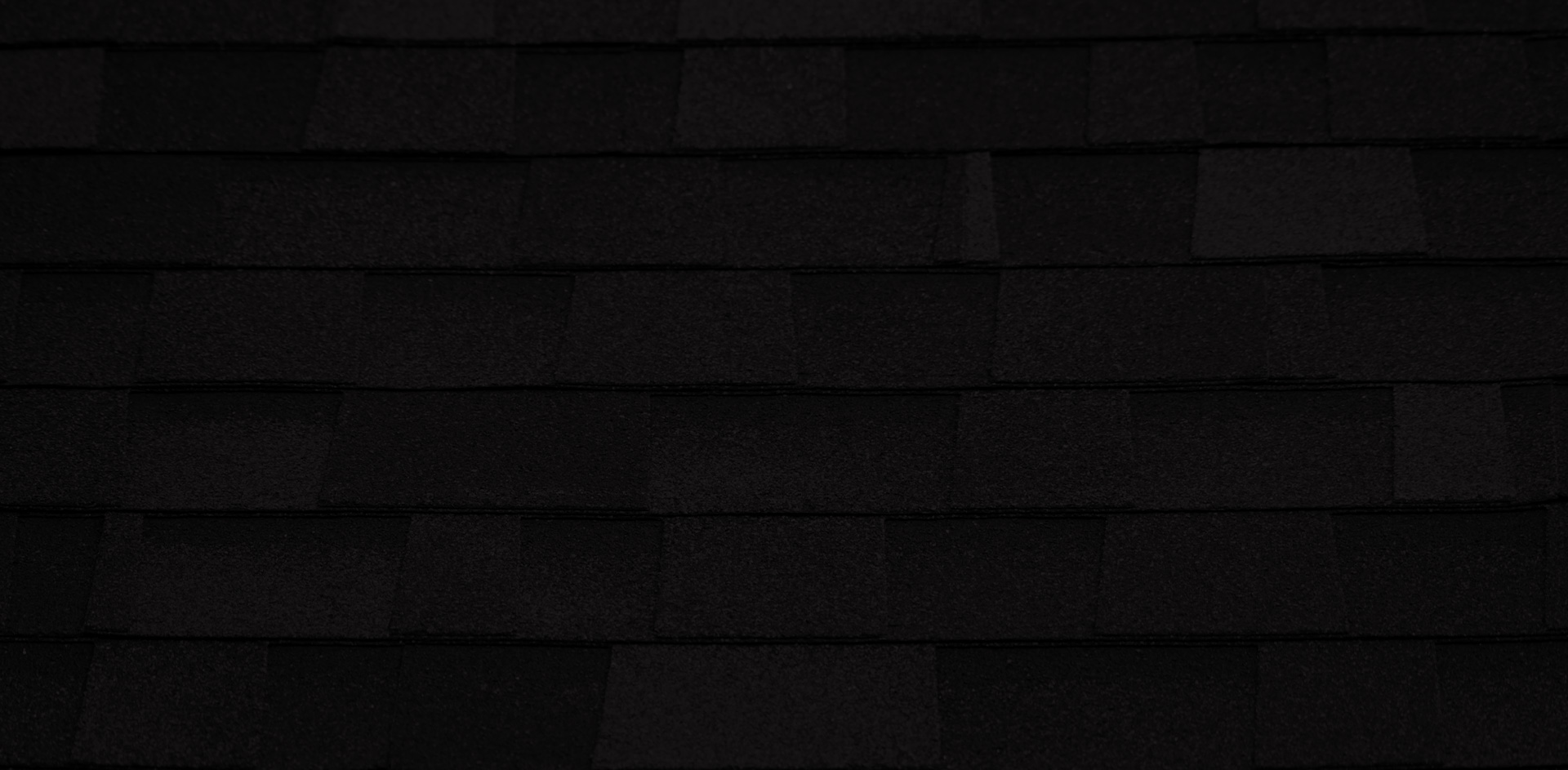There are many things that we just don’t give a second thought to. One of those things is our roofs. If these look gorgeous on the outside and aren’t leaking on the inside, then we’re good. Heck, most people aren’t even aware that roofs are built to let hot air escape and let cool air in. In Nevadan houses with proper roof ventilation, interior temperatures are moderate, and homeowners let either the AC or thermostat kick in occasionally during extremely hot or cold weather.
Indeed, ignorance is bliss. However, there are times when we need to be aware of the signs that tell us that trouble lies ahead or that repairs are called for.
Telltale signs that something’s wrong with your roof ventilation
Roofs may not have instruments that tell you when there's something wrong, but they do show signs that you need to pay more attention to them:
Stark differences in indoor temperature
In a naturally ventilated home, hot air rises and escapes via rooftop exhaust vents. The resulting lower air pressure indoors sucks in cool air from the outside via intake vents usually found on your roof’s soffits. Some structures use mechanical ventilation if the building’s design doesn’t permit air to flow freely or the house is in an area where there’s not much wind.
Regardless of ventilation type, if hot air accumulates in the attic or at the ceiling, then the uppermost floors would be noticeably warmer than the ones downstairs. You may also notice differences in temperature between rooms, and/or spots that are either extremely hot or cold. Optimizing ventilation would result in more even temperatures throughout your house.
Conked-out AC
Global warming is turning our houses warmer during the summer, making us use our air conditioners more often. This may surprise you, but when your air conditioner breaks down during a heatwave, your roof is likely to blame. If your roof is trapping hot air indoors, it forces your HVAC system to work harder than it should. Not only will this make your cooling bill shoot up, but you’ll also have to spend more on air conditioner repairs. Having your roof ventilation regularly checked and repaired will ultimately be more cost-effective for you.
Ice dams and icicles
During winter, air ventilation plays an important role in keeping your roof in good condition. When your roof keeps hot air in, heat increases to the point of making the snow on your roof melt. Water from melting snow is bad because it refreezes by the eaves’ edges, forming ice dams and icicles.
Ice dams prevent water from trickling down into your gutters. Instead, they let water accumulate and freeze underneath roof tiles and shingles. This damages the waterproofing layer of your roof, which means water can seep into your roof’s wooden structures and initiate rotting.
Icicles could break off from your roof and fall on anyone standing or walking by your house. Aside from being a safety hazard, icicles could also cause gutters to detach from their hangers, requiring repairs that could have otherwise been avoided with proper roof ventilation.
Waterborne problems
If you don’t address the ventilation issues indicated by ice dams and icicles, then the resulting water seepage could lead to leaky ceilings and the formation of toxic mold and mildew. Black mold, in particular, could cause many respiratory ailments such as asthma attacks, allergic reactions, coughing, and sore throat.
How do I fix or improve my roofing ventilation system?
When you see one or more of the telltale signs of poor ventilation, having an expert roofing contractor fix it for you is simply the best way to go. Homeowners in Nevada and California trust D&D Roofing with all of their roofing needs — just look at our testimonials! Get in touch with us today to get a free job estimate.

